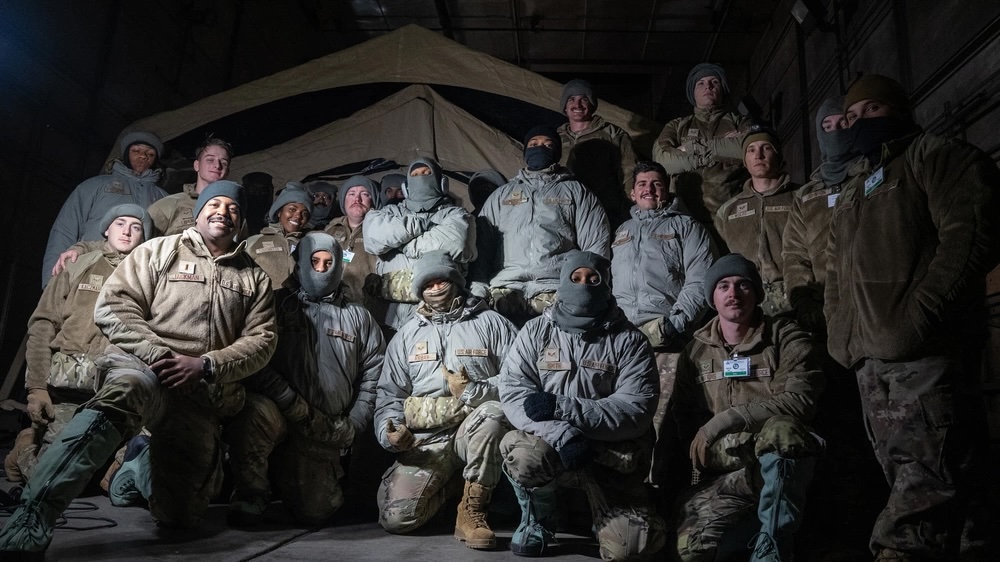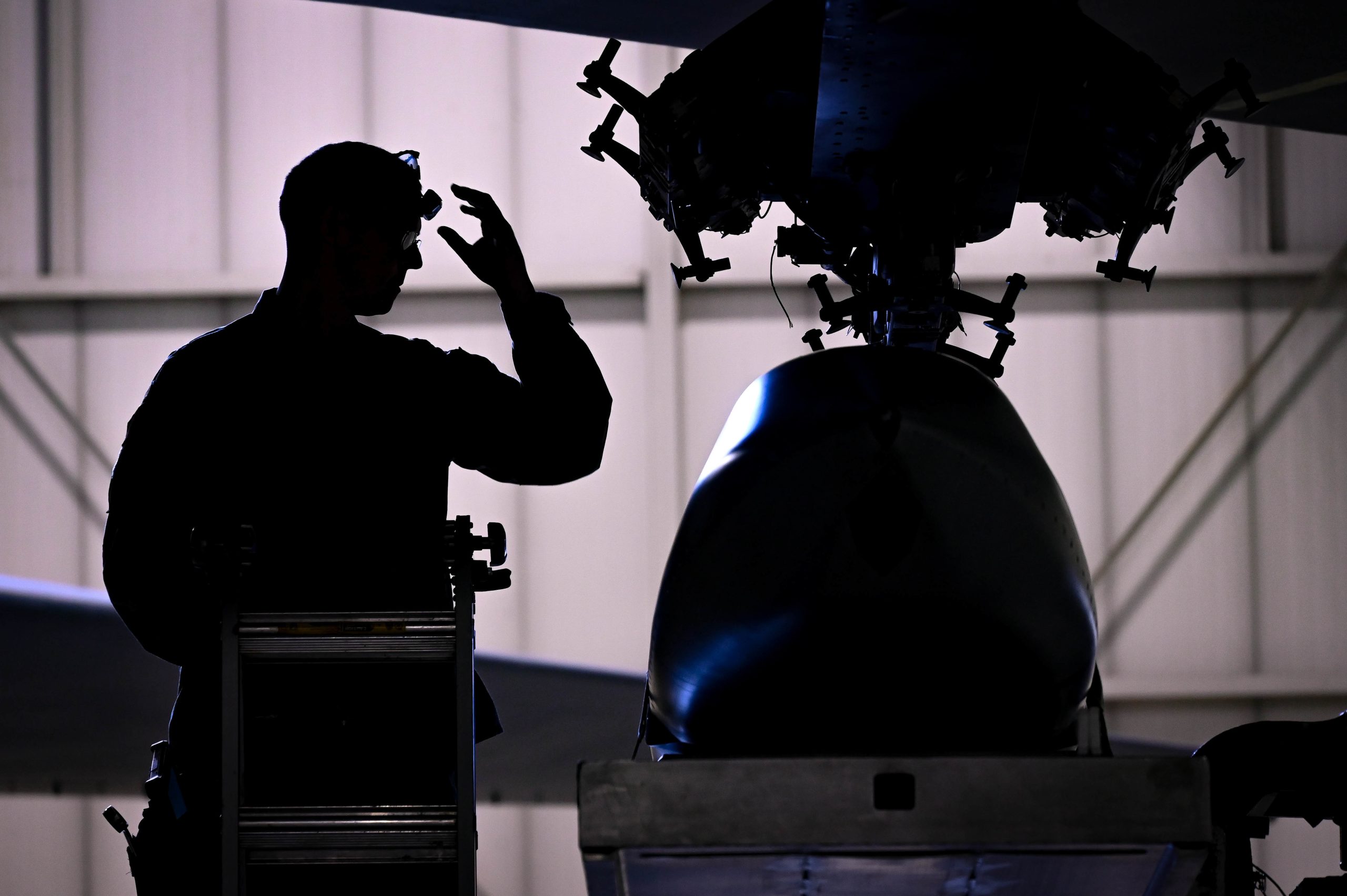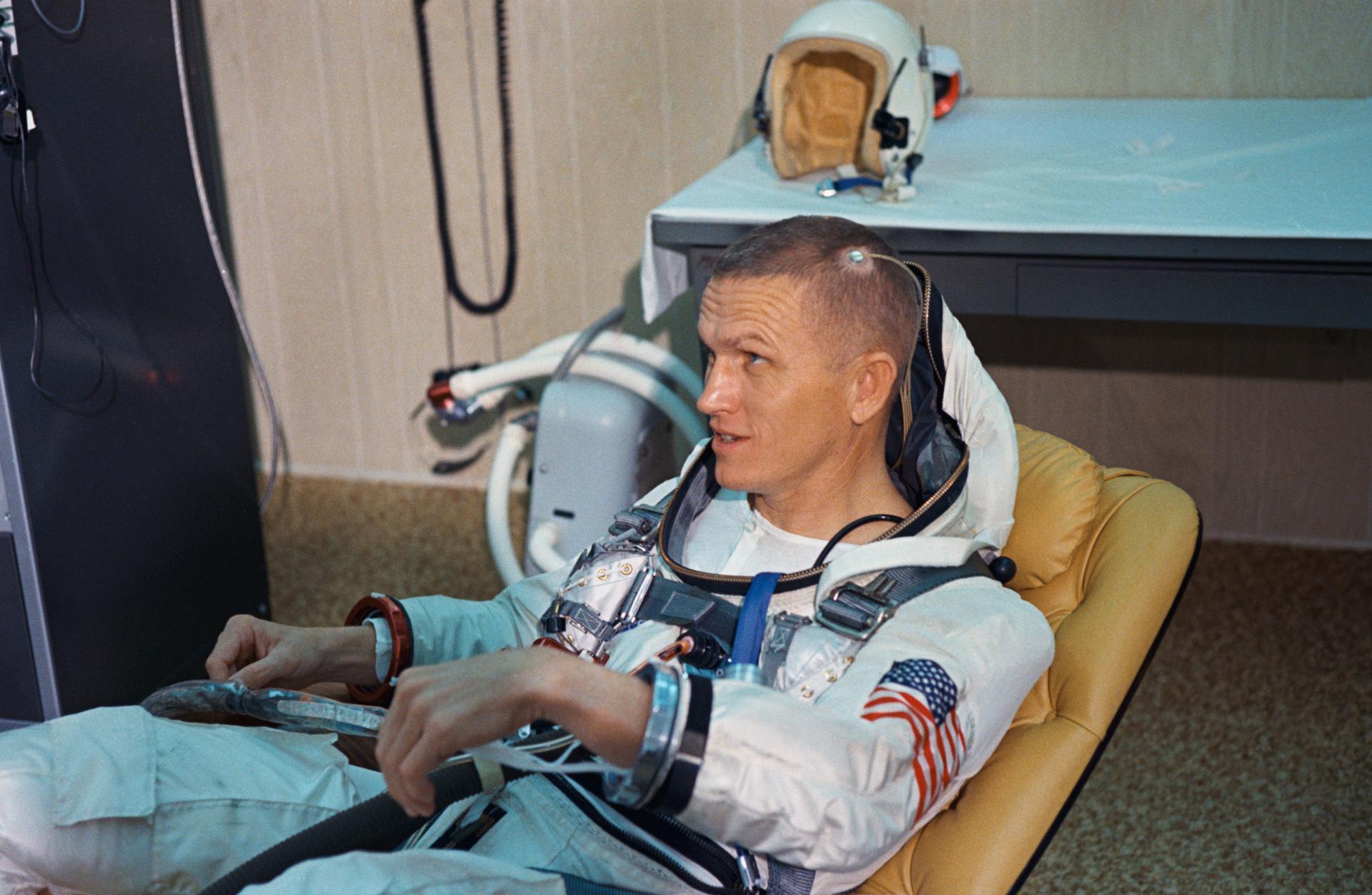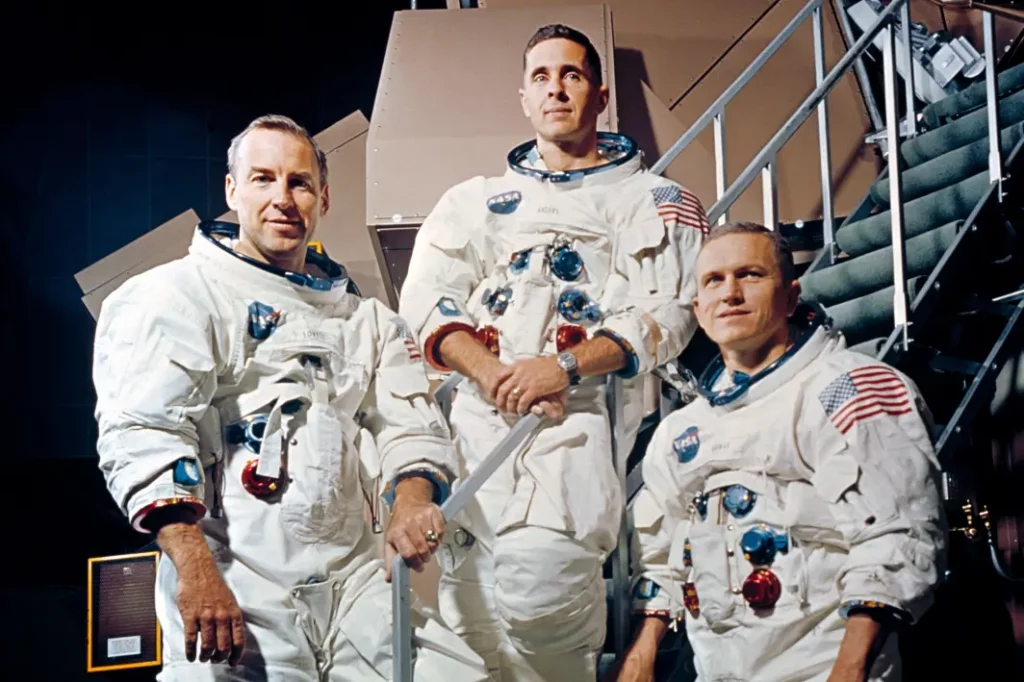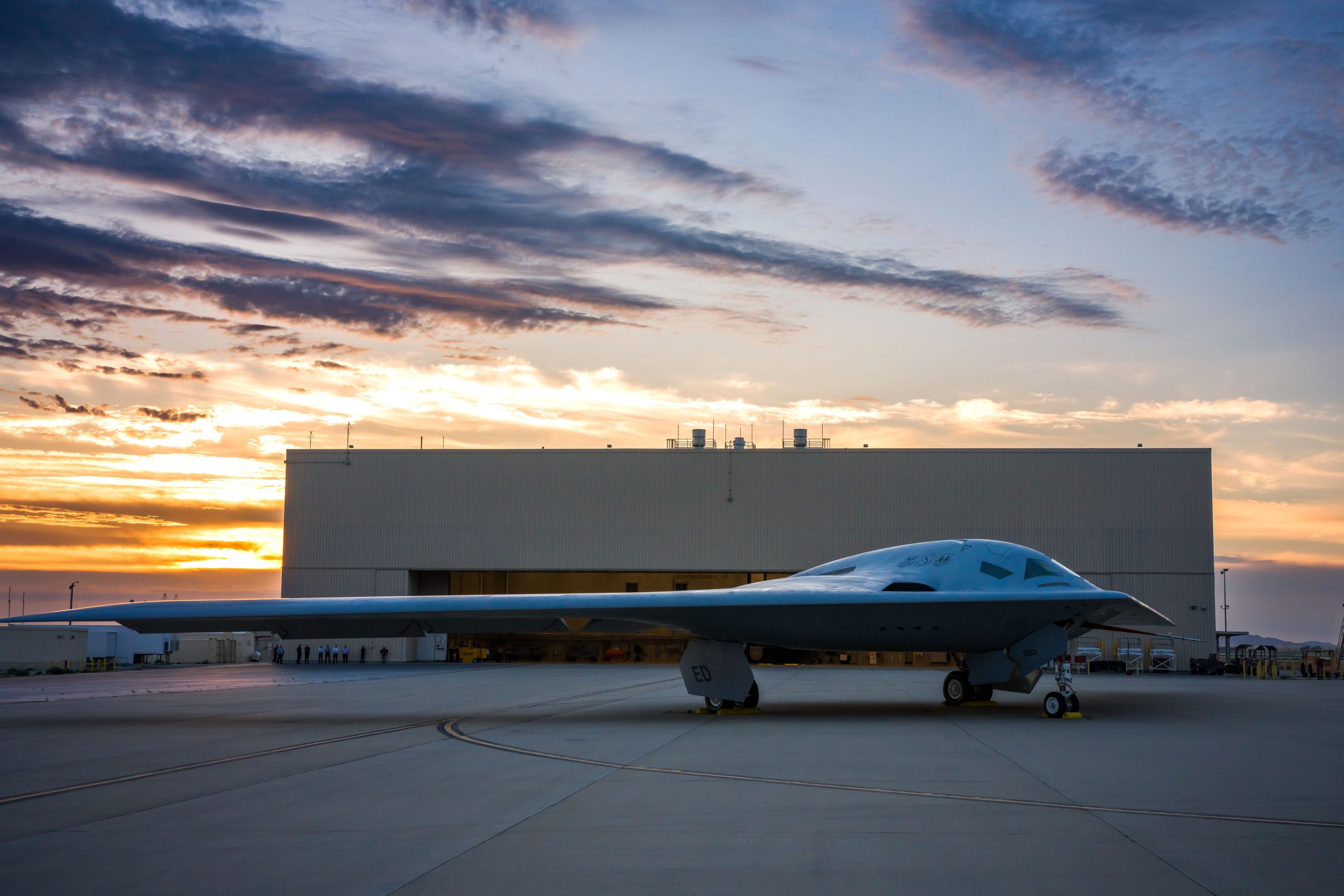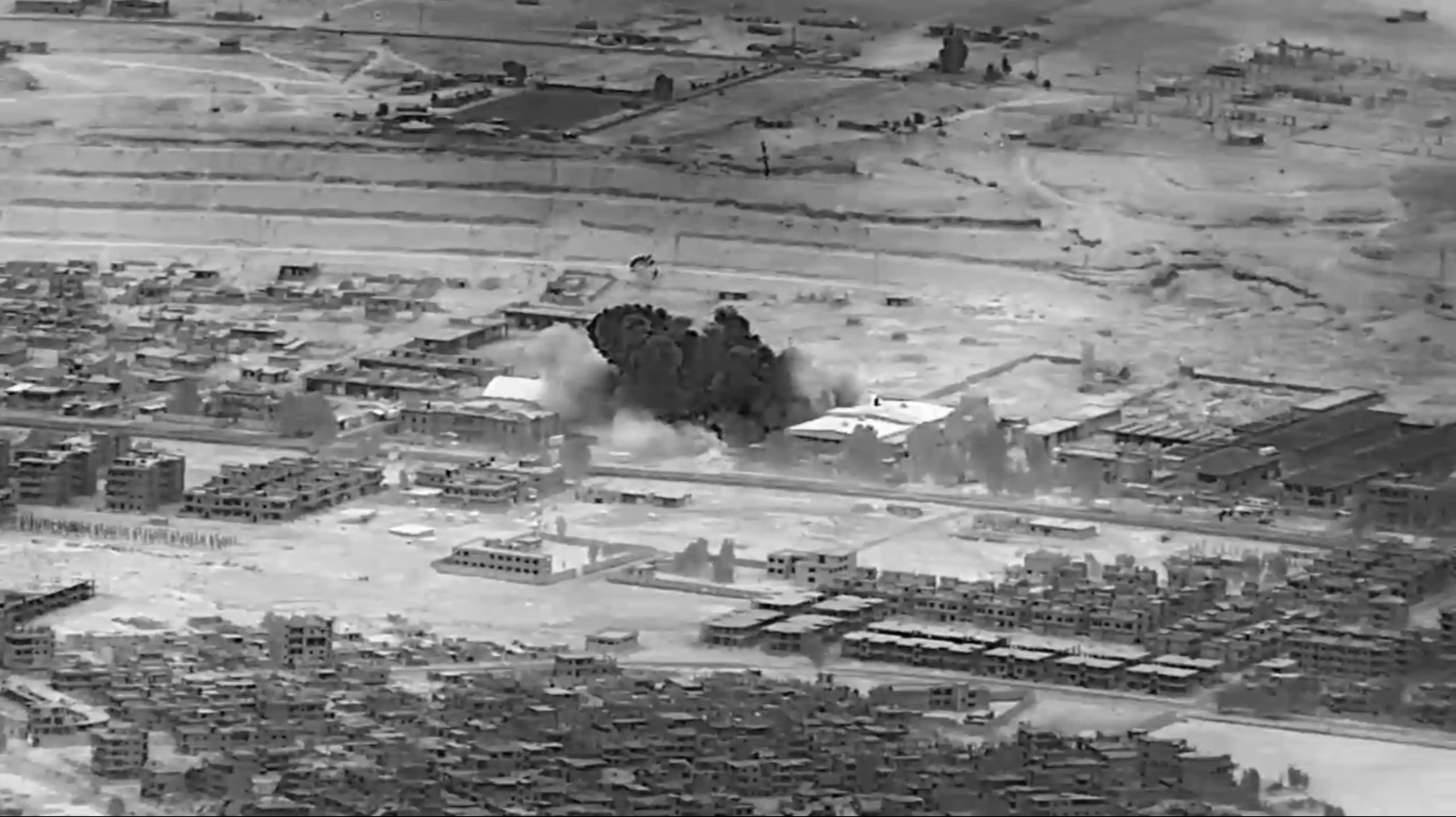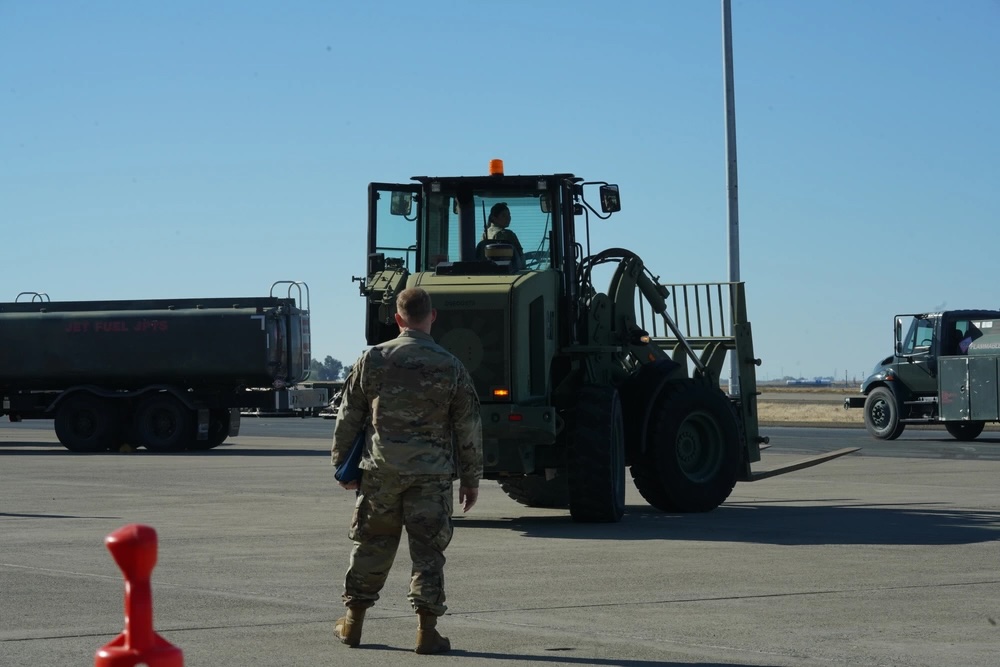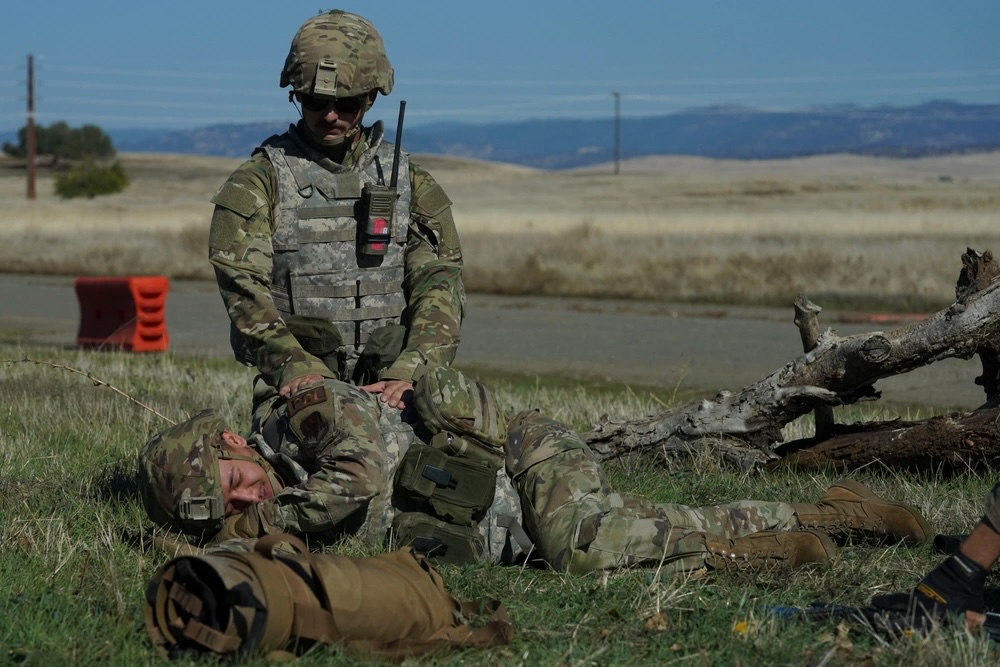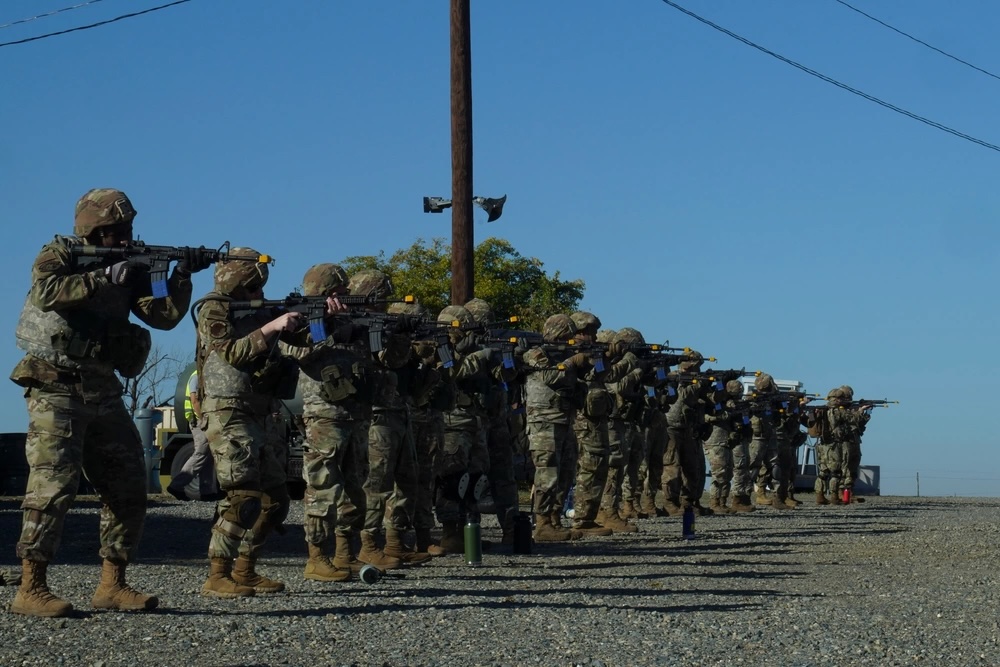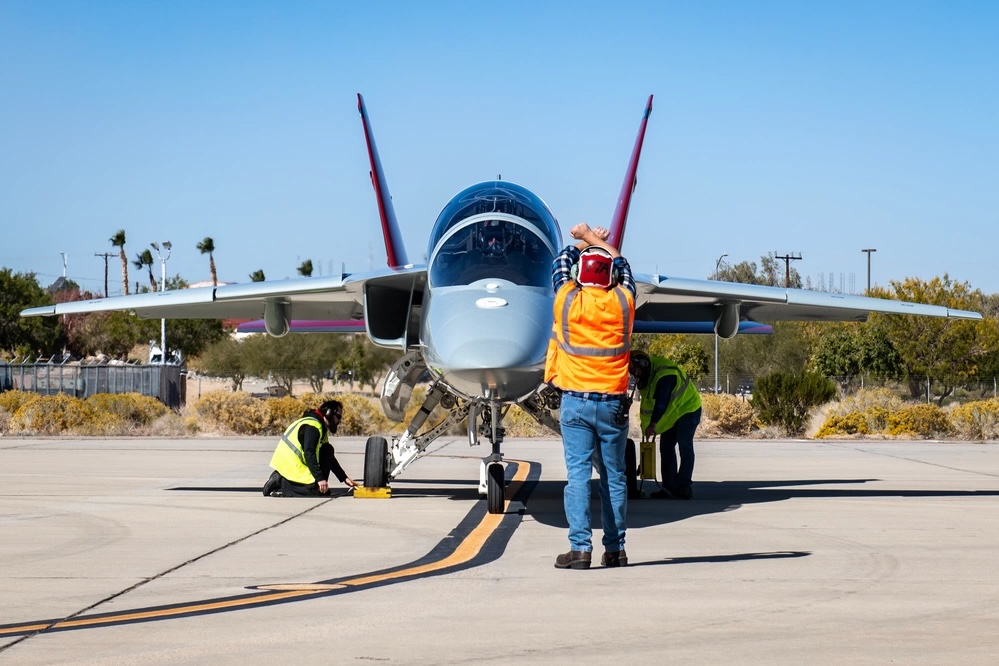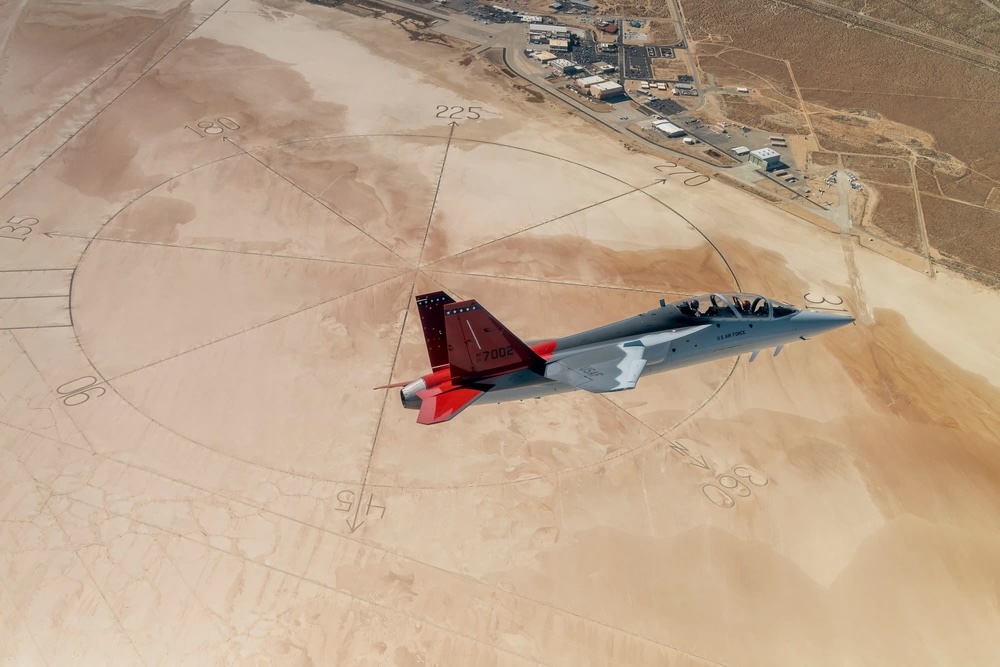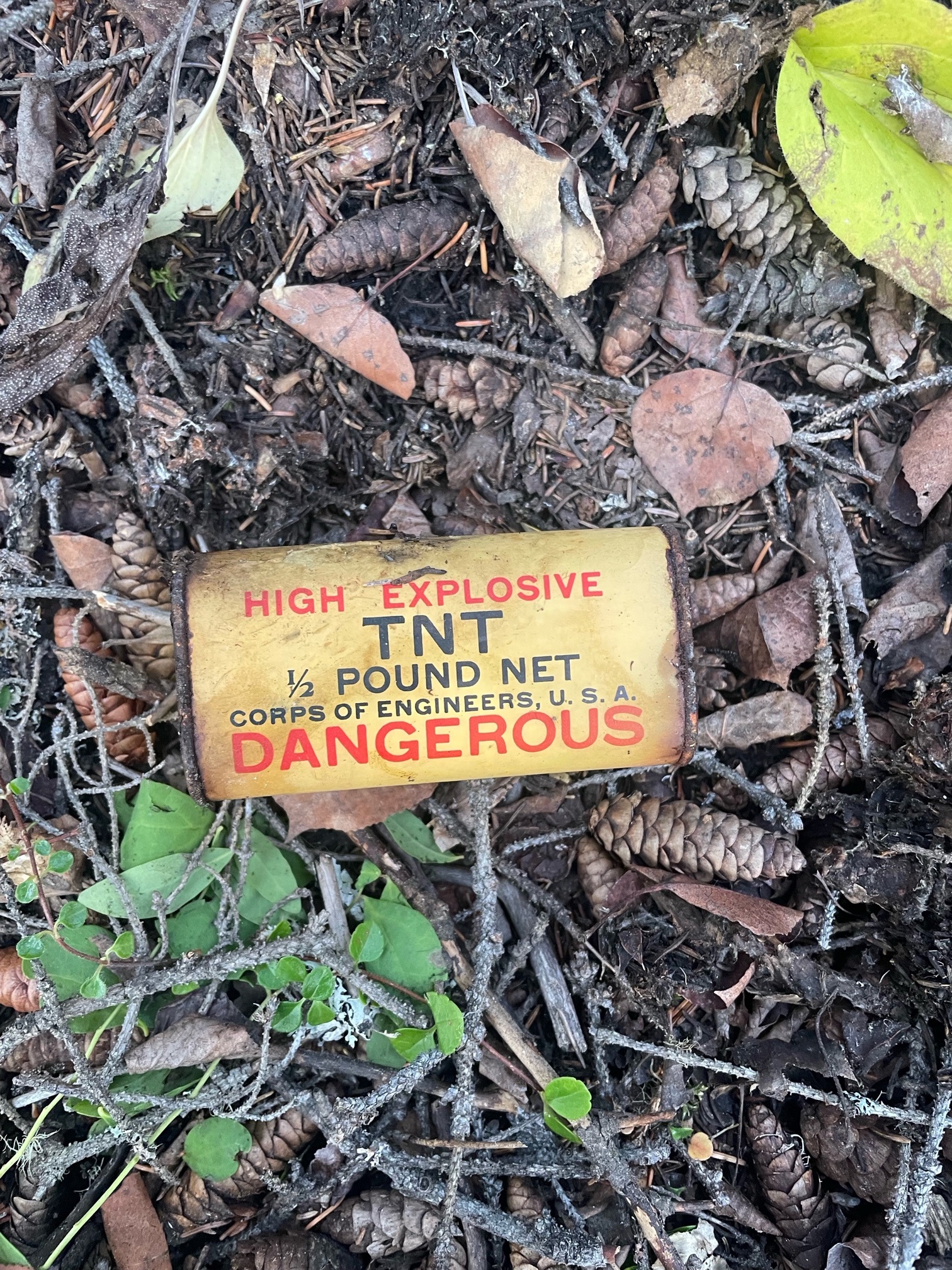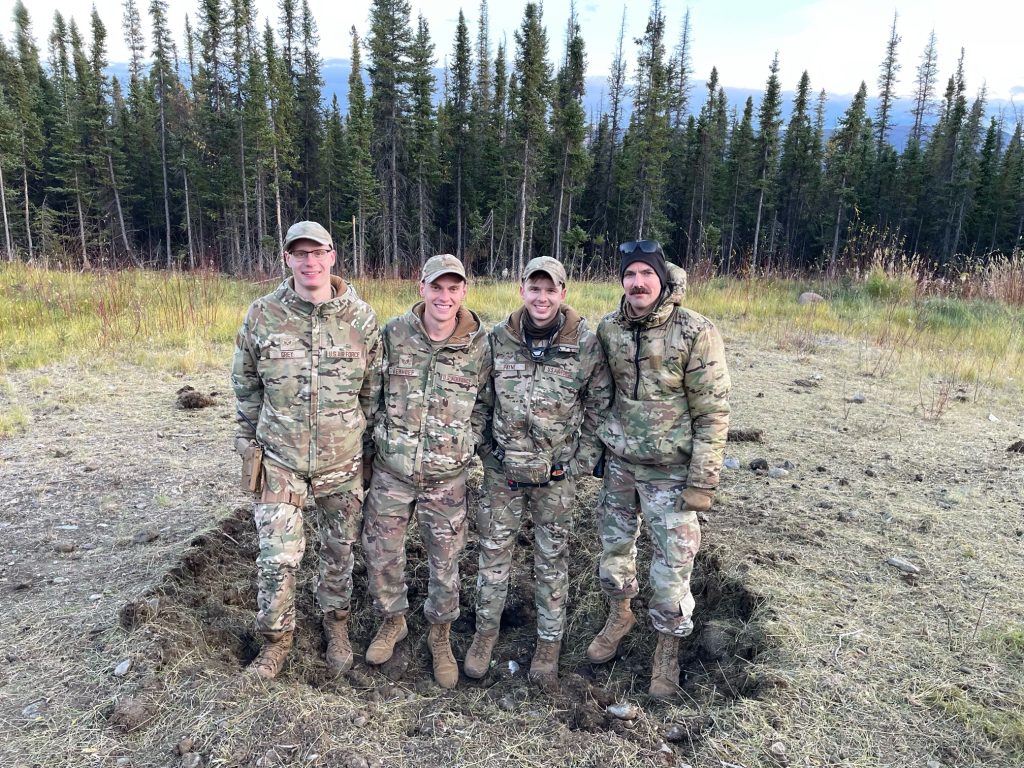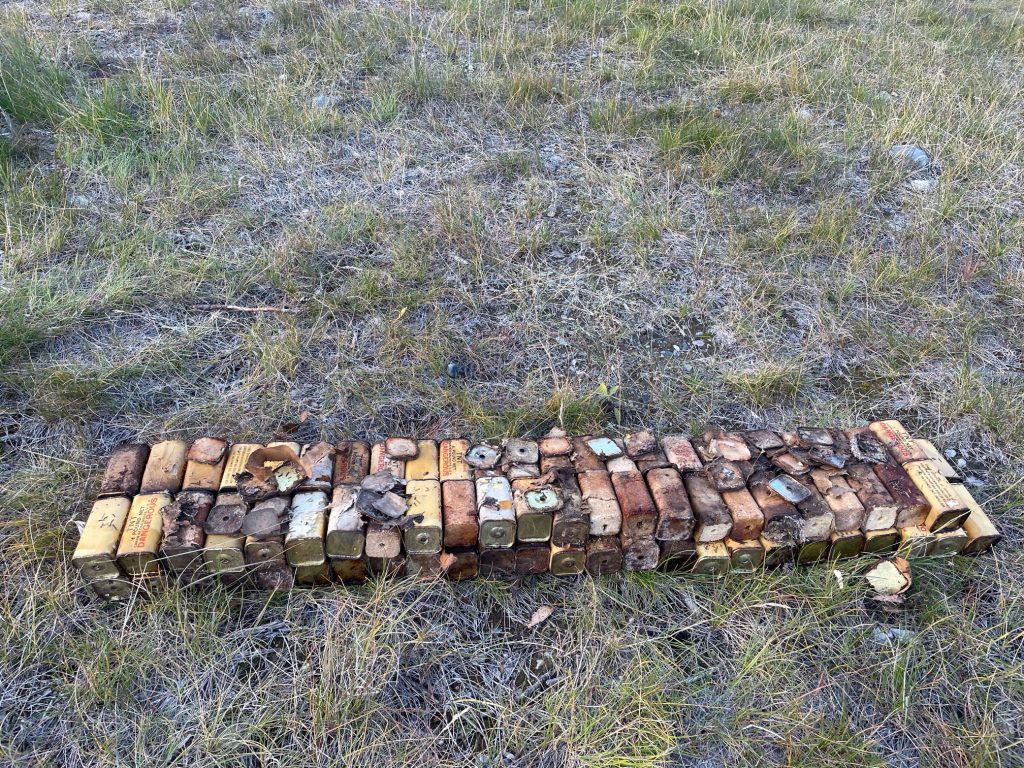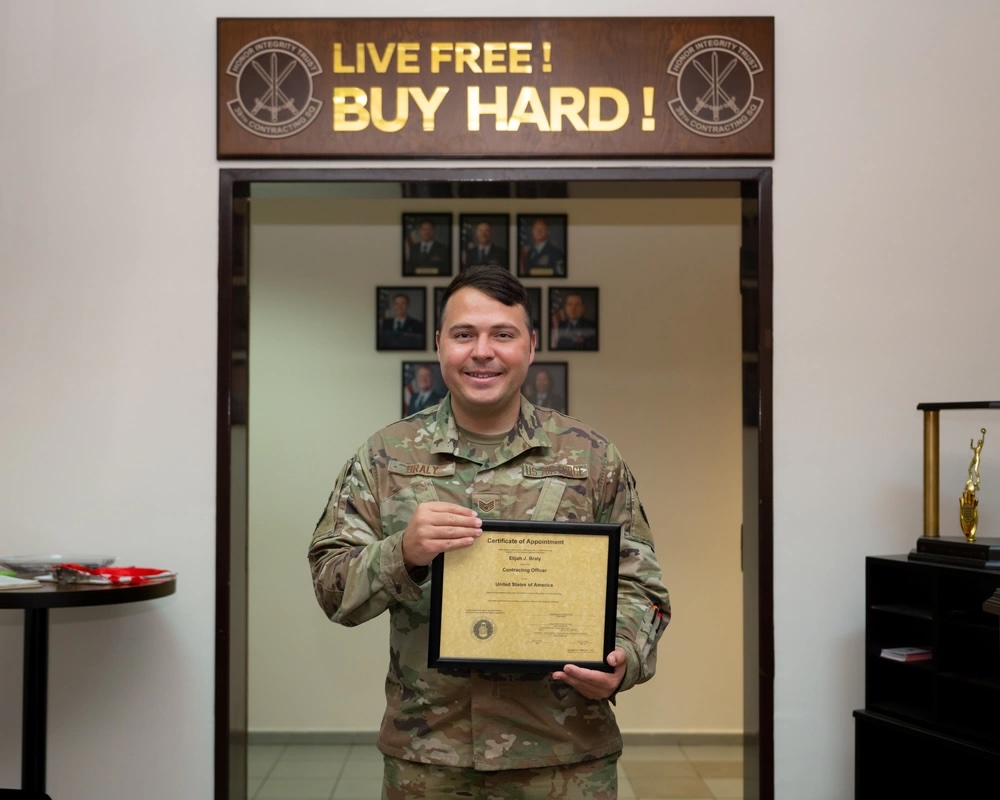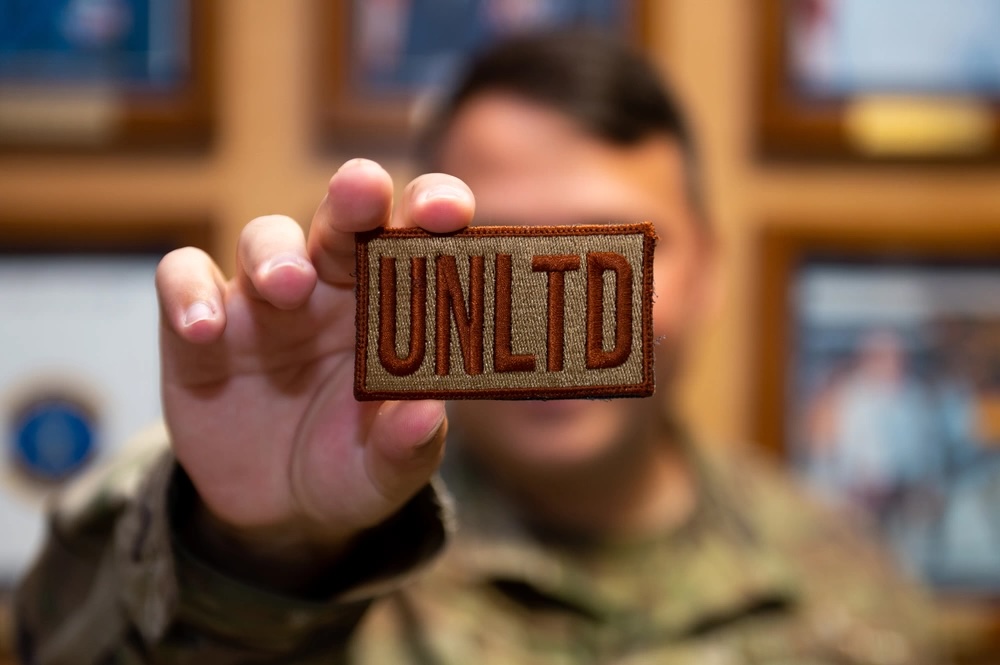Sunny, humid Florida may not fit most people’s idea of an Arctic warfare training location, but a group of 23 Airmen from Hurlburt Field, Fla. proved otherwise during a recent visit to the McKinley Climatic Laboratory at nearby Eglin Air Force Base.
The world’s largest environmental test complex, the McKinley lab gauges how stealth bombers, trucks, and other equipment fare under extreme weather conditions. The lab can heat up to 165 degrees Fahrenheit or cool down to -80 degrees. It can create high humidity, high altitude air pressure, solar radiation, salt spray, ice, wind, rain, freezing rain, and clouds of sand or dust. Hurlburt’s Mission Sustainment Team wanted cold weather and darkness so they could prepare for what conditions might be like in the Arctic.
“We are quantifying scientifically how much we can do with the equipment and the personnel that we have,” Master Sgt. Luis Velez, logistics material management superintendent for the 1st Special Operations Logistics Readiness Squadron, said in a press release about the visit. “This training is vital for preparing our Airmen for the challenges they may face.”
Lives may depend on their ability to work in the freezing cold. Special Operations Mission Sustainment Teams (SOMSTs) set up forward operating bases or contingency locations that allow Air Force special operations forces to operate in remote environments.
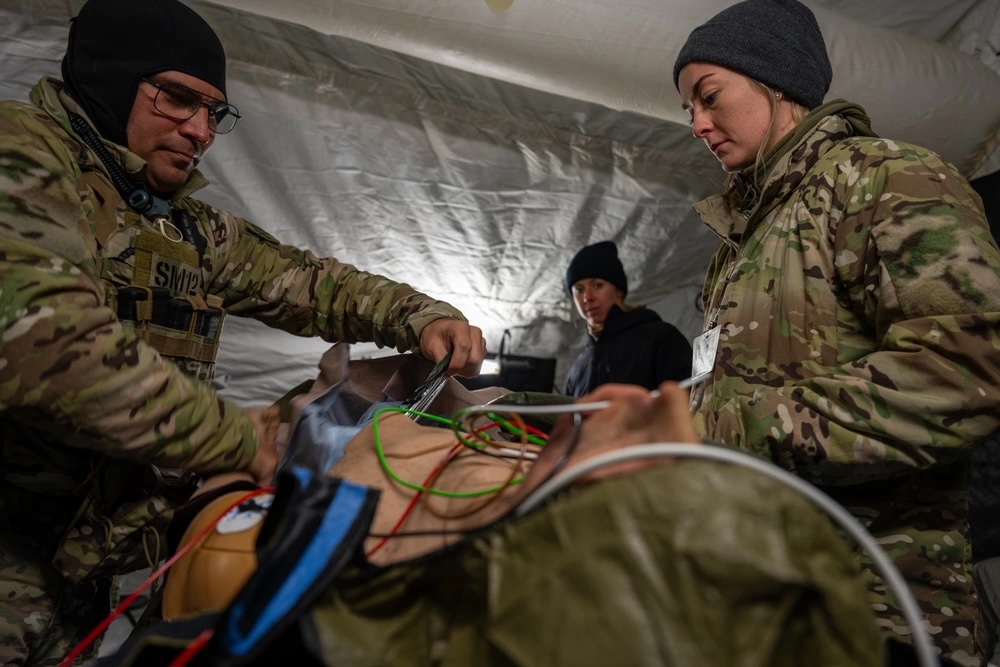
“As an example, a SOMST element of about 10 Airmen could deploy to a small airfield on an island and set up a contingency location enabling the aircraft and aircrew to launch and recover with no previously established lodging, food, or mission generation support,” 2nd Lt. Andre Jackman, 1st Special Operations Support Squadron Mission Sustainment Team commander, told Air & Space Forces Magazine.
“A SOMST of 54 Airmen could set up a forward operating base enabling mission generation, protection, and sustainment of about 400 Airmen flying aircraft out of a small airfield or an abandoned road,” he added.
As interest, tensions, and temperatures rise in the Arctic, Airmen may be called on to set up food, shelter, or other essentials in the far north. The Mission Sustainment Team wanted to test their gear and each other under the conditions found there.
“Equipment and personnel tend to operate differently in cold climates,” Jackman said. “This exercise allows us to adapt our equipment and learn how to navigate this environment effectively.”
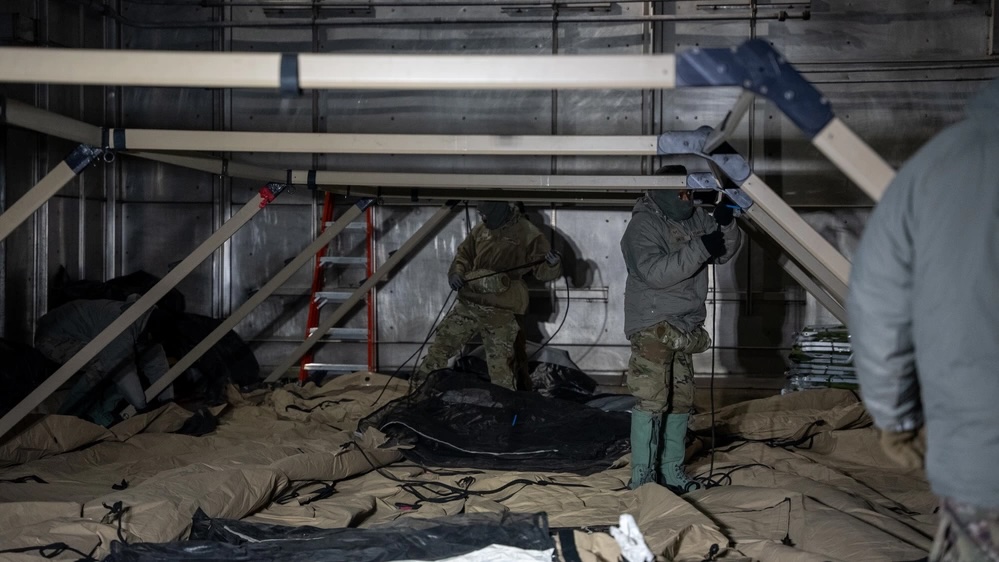
The Airmen practiced stacking equipment on pallets, off-loading cargo from pallets, and rapidly setting up a contingency site with a generator and HVAC units. The temperature in the test chamber on Oct. 19 was 0 degrees Fahrenheit, then -10 degrees on Oct. 20. The only lighting was from whatever equipment the team brought with them, in an effort to simulate the dark of an Arctic winter.
The team learned that diesel-powered generators require different sustainment techniques in extreme cold; that tent fabric hardens, which can cause cracking and take up more space when re-packed; and that HVAC units could not provide enough heat without running additional units or insulating the tents. The Airmen also learned how the cold affected them personally.
“Even with cold weather personal protective gear, freezing temperatures require longer rest cycles/shorter work cycles,” Jackman wrote.
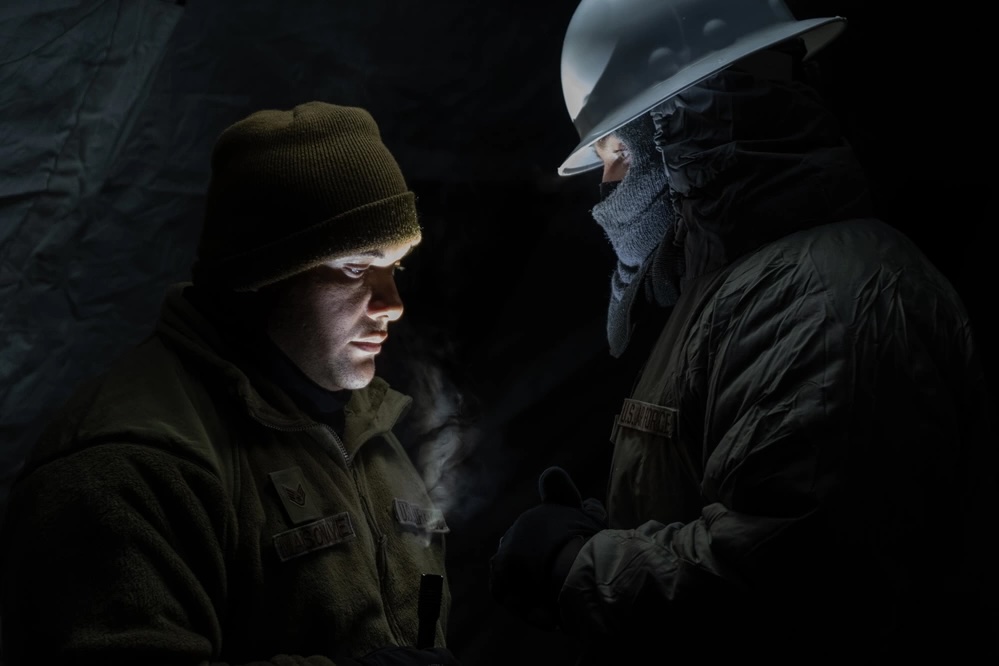
Other Airmen have had a similar experience in the cold. Chief Master Sgt. Jeremiah Wickenhauser and Master Sgt. Cody Hallas, both members of the Minnesota Air National Guard’s 133rd Contingency Response Team, trained with international partners in negative 65-degree weather in northern Canada in February.
“The Arctic environment is constantly trying to kill you; every task is harder in the cold,” Hallas said afterwards. “Every task takes longer, and the risk of serious injury is always present. Moisture management and the inability to dry gear is a huge issue. Cold, wet gear is miserable to wear and work in and extremely dangerous in the Arctic.”
Since the Arctic is such a significant challenge, and since McKinley is so close to Hurlburt, Jackman hopes to make the visit an annual training event for the SOMST. The next iteration may even feature snow and ice. The climate just outside is a nice perk, too.
“Emerging from the cold darkness into 75-degree sunshine was a relief and a great way to end a two-day exercise,” he said.
